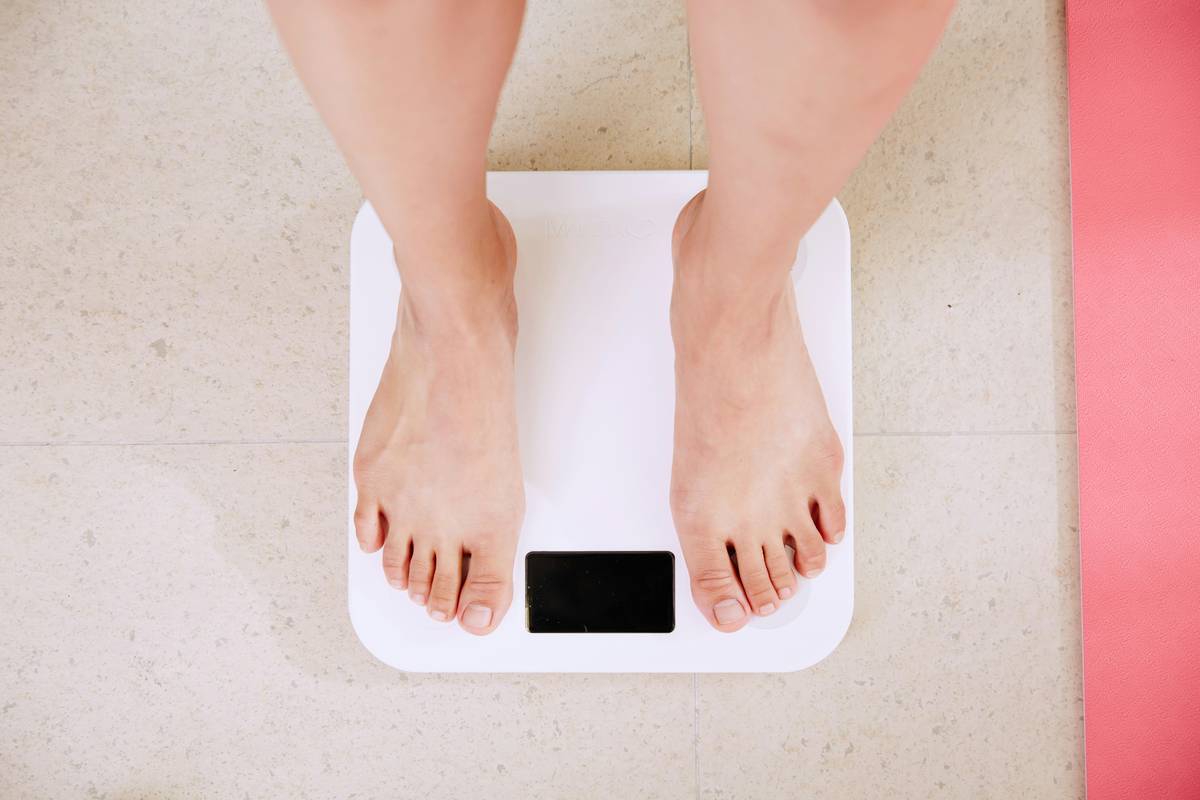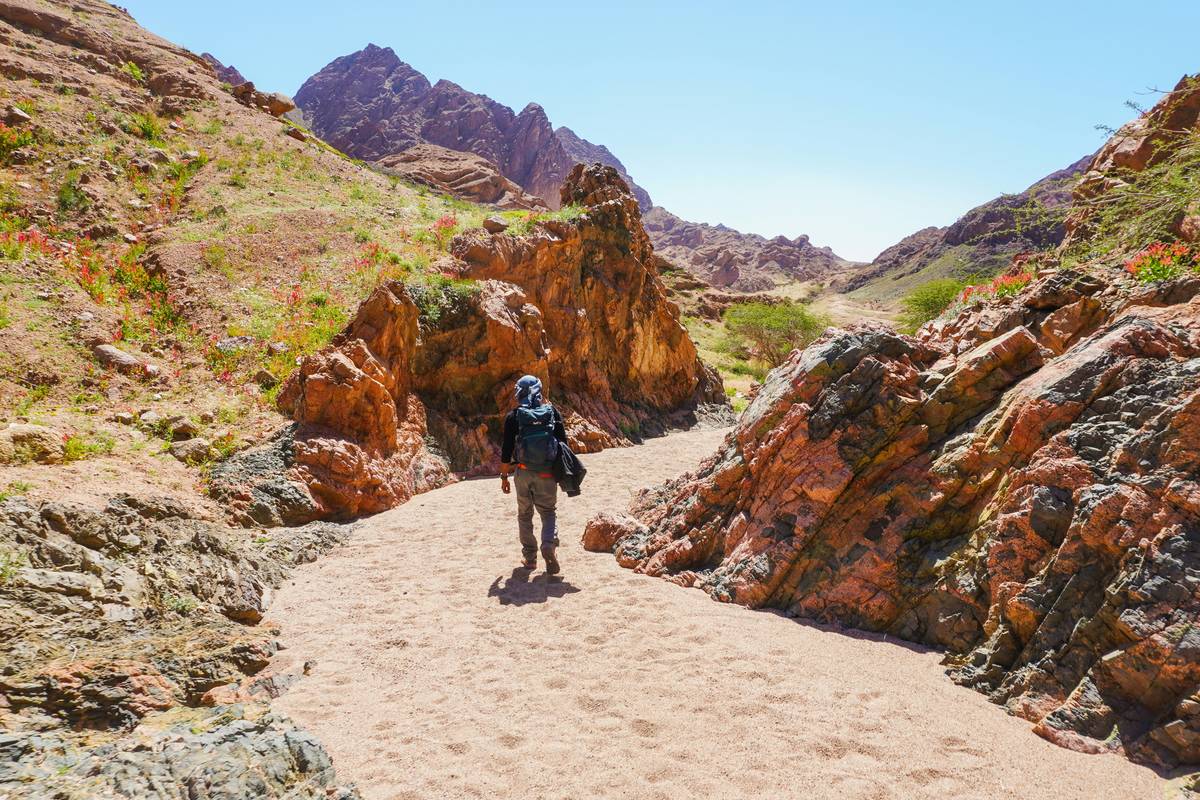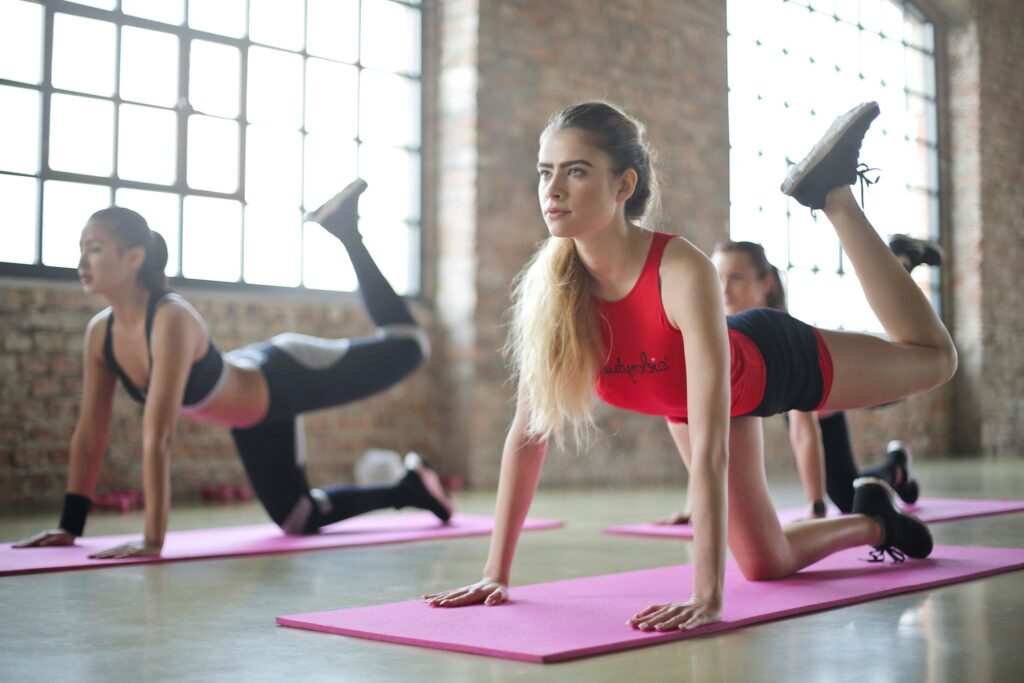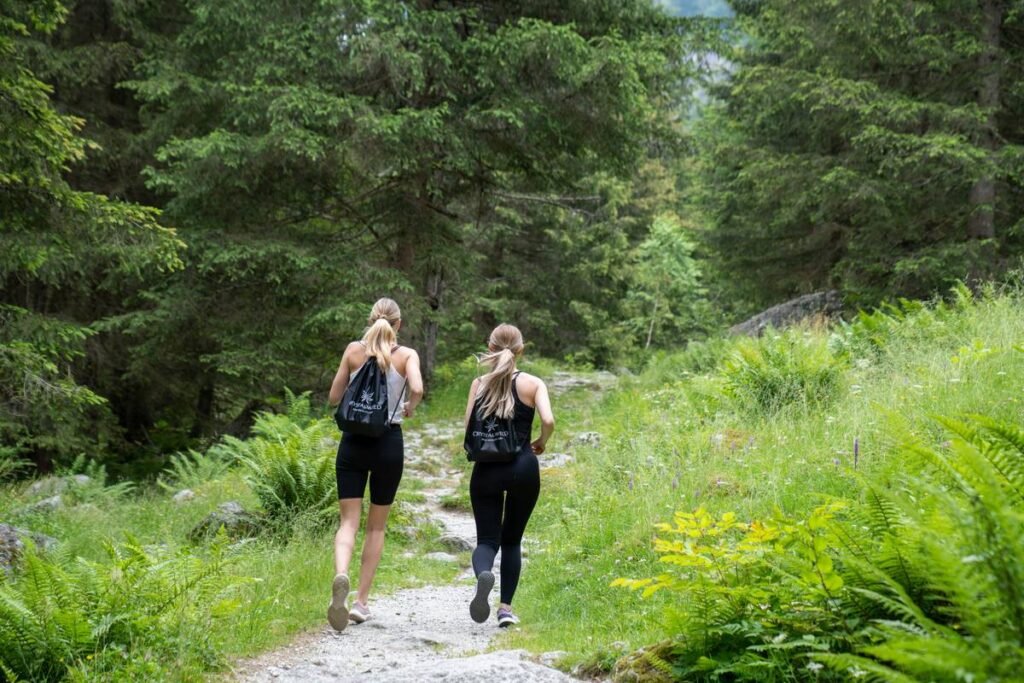Ever tried staring at a treadmill screen for 30 minutes, only to feel like you’re running in place while your life is on pause? Or maybe you’ve heard the whispers about hiking being good for weight loss, but you’re not sure where to start. Well, guess what—trail walking might just be the answer you’ve been looking for.
In this post, we’ll uncover how trail walking can transform your fitness journey, burn calories, and make weight loss less of a chore and more of an adventure. By the end, you’ll know why hitting the trails could outshine any gym membership or diet fad (spoiler: it’s addictive).
Table of Contents
- Why Trail Walking Is Better Than Your Gym Routine
- Step-by-Step Guide to Starting Trail Walking
- Tips for Maximizing Weight Loss Through Trail Walking
- Real-World Success Stories: From Couch Potato to Trail Warrior
- Frequently Asked Questions About Trail Walking
Key Takeaways
- Trail walking combines cardio and strength training for effective weight loss.
- It’s way more fun than traditional workouts, keeping you motivated longer.
- You don’t need expensive gear—just some sturdy shoes and a water bottle.
- Varied terrain boosts calorie burn by engaging different muscle groups.
- One *terrible* tip: skipping warm-ups before heading out (don’t do it!).
Why Trail Walking Is Better Than Your Gym Routine
Honestly, who isn’t bored to tears by treadmills? I once spent six months trying to “love” the elliptical machine. Spoiler: It didn’t happen. But then I discovered trail walking. Here’s the deal:
Unlike flat surfaces, trails force your muscles to adapt constantly. Whether it’s climbing uphill, stepping over roots, or balancing on uneven paths, every stride becomes a mini-workout for your legs, core, and even arms if you use trekking poles.
A study published in the Journal of Sports Sciences found that hikers burned up to 30% more calories per mile compared to walking on level ground. Imagine burning an extra 200–300 calories during a two-hour hike—all while soaking in fresh air and nature.

Optimist You: “This sounds amazing!”
Grumpy You: “Ugh, what if I trip over a snake?”
Optimist You: “Relax, most trails are safe—just watch where you step.”
Step-by-Step Guide to Starting Trail Walking
Step 1: Choose the Right Gear
Nope, you don’t need top-of-the-line hiking boots right away. Start with comfortable sneakers designed for durability. Pro tip: Invest in moisture-wicking socks to prevent blisters—a pain point I learned the hard way after ruining my first pair of shoes.
Step 2: Find Local Trails Suitable for Beginners
Use apps like AllTrails or local park websites to find easy-to-moderate routes near you. Look for keywords like “family-friendly” or “beginner.” Remember, starting small keeps frustration levels low.
Step 3: Prepare Like a Pro
Pack essentials like water, snacks, sunscreen, and a first-aid kit. Don’t be that person dragging their phone along without a portable charger. Also, always let someone know where you’re going—that’s basic trail etiquette.
Tips for Maximizing Weight Loss Through Trail Walking
- Increase Incline: Seek out hilly trails to ramp up calorie burn.
- Vary Your Pace: Alternate between fast-paced intervals and slower recovery walks.
- Practice Mindful Movement: Focus on form and breathing to maximize results.
- Add Weights: Slip ankle weights into your backpack for extra resistance.
Real-World Success Stories: From Couch Potato to Trail Warrior
Sarah from Denver started trail walking three times a week and dropped 15 pounds within four months. She says, “I fell in love with the views and forgot I was working out!” Meanwhile, Mike in Colorado went from struggling to walk a mile to completing marathons thanks to consistent trail walks.

Frequently Asked Questions About Trail Walking
Q: How many calories does trail walking burn?
A: Depending on factors like distance, elevation gain, and body weight, you can burn anywhere from 300 to over 500 calories per hour.
Q: Do I really need special equipment?
A: Not at all! A decent pair of shoes will suffice initially, though trekking poles may help reduce strain as you progress.
Q: Can beginners try trail walking?
A: Absolutely! Just pick beginner-friendly trails and set realistic goals.
Conclusion
Tail walking offers a unique blend of adventure, exercise, and mental clarity that no gym ever could. So lace up those sneakers, grab your water bottle, and hit the trails—you’ve got this.
Like a Tamagotchi, your fitness routine needs daily care. Keep showing up, stay curious, and embrace the process.
“Grass beneath my feet,
Mountains whispering secrets,
Weight melts with each step.”


